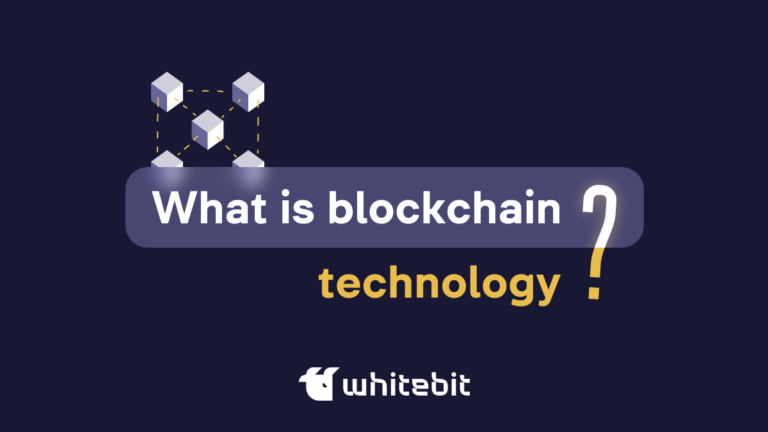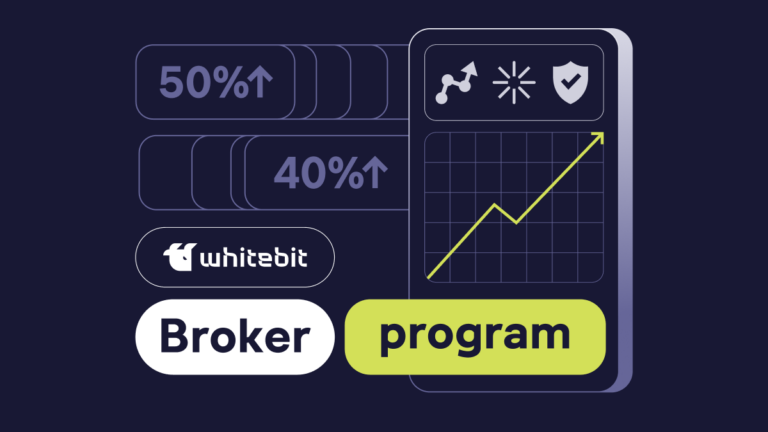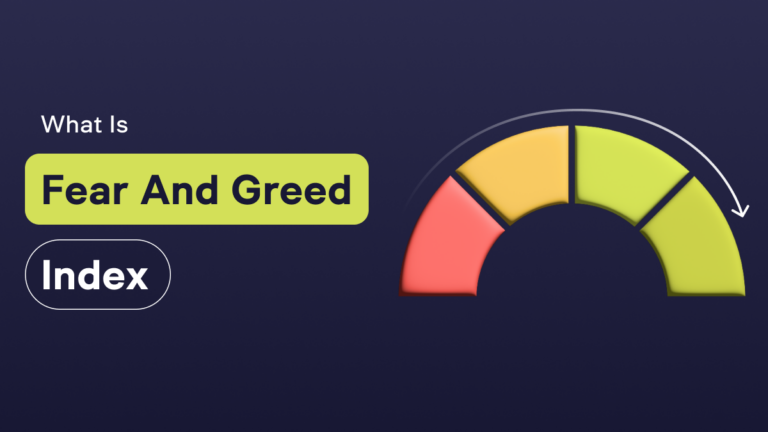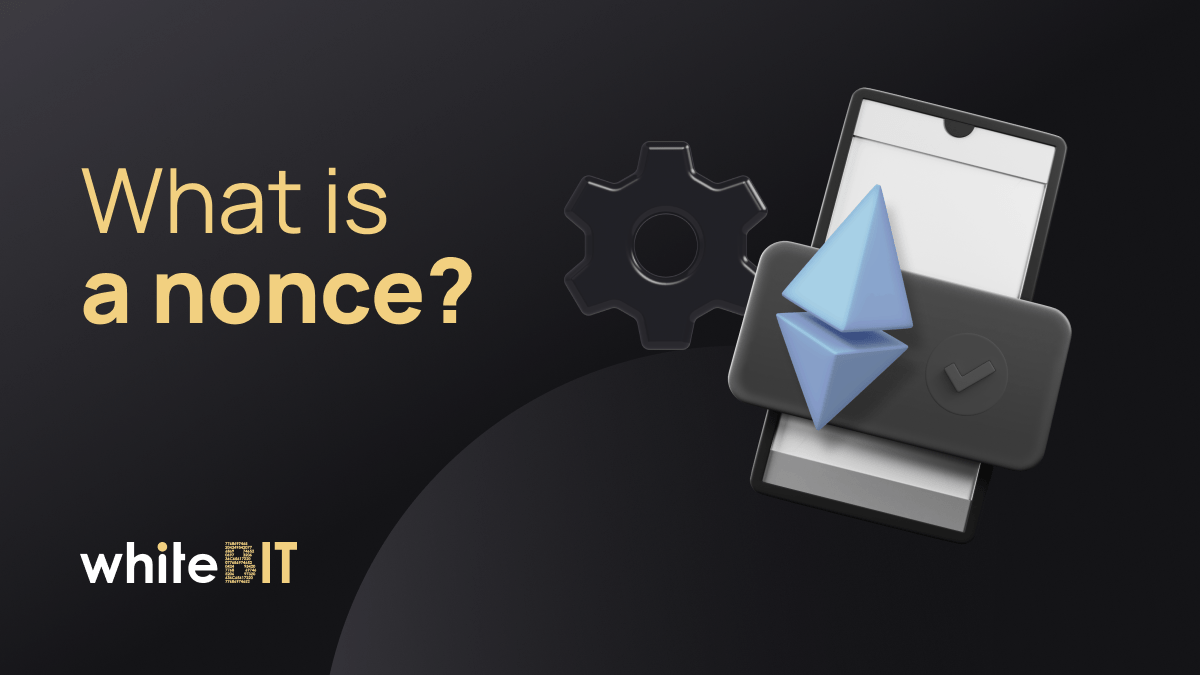What is cryptocurrency mining?

Content
Gold was discovered in California in January 1848, and it was called the “finest hour of mankind” at the time. However, at that time, in the absence of the Internet and cryptocurrencies, it seemed that mining would always be limited to gold, diamonds, or coal.
That all changed in January 2009, when Satoshi Nakamoto (an anonymous group of people) mined the first block, the genesis block of Bitcoin. Since then, cryptocurrencies have become the new gold, and the concept of mining has acquired a new meaning — cryptocurrency mining.
Let’s take a closer look at what cryptocurrency mining is.
What is mining?
Mining is the extraction of digital currency with the help of special equipment carried out by network participants. In simple terms, it is the process of verifying and combining transactions into blocks, which is usually done by solving complex mathematical problems or cryptographic puzzles. When the miner (validator) successfully solves the problem, he creates a new block containing a certain number of transactions and joins it to the existing blockchain.
Types of mining
Different consensus mechanisms have different requirements for miners/validators in the network, which may affect the way new blocks are added to the blockchain.
Let’s look at the main types of mining for different consensus mechanisms.
| Consensus mechanism | Task of the miner/validator | Types of mining (equipment) | Cryptocurrency |
| Proof-of-Work (PoW) | Miners solve complex math puzzles to confirm transactions and add blocks to the blockchain. | ASIC miners
GPUs CPUs Cloud mining |
Bitcoin (BTC)
Dogecoin (DOGE) Ethereum Classic (ETC) Litecoin (LTC) Monero (XMR) Bitcoin Cash (BCH) Bitcoin SV (BSV) |
| Proof-of-Stake (PoS) | Validators are selected to create new blocks based on the number of coins they “crypto staking”. | Staking wallets or software | Ethereum 2.0 (ETH) Cardano (ADA)
Binance Coin (BNB) Polkadot (DOT) Tezos (XTZ) |
| Proof-of-Capacity (PoC) / Proof-of-Spacetime (PoSt) | Miners prove that they have allocated a certain amount of disk space for mining by using the storage capacity. | Hard disks or SSDs | Filecoin (FIL)
Internet Computer (ICP) BitTorrent (BTT) Arweave (AR) Holo (HOT) Siacoin (SC) |
| Proof-of-Authority (PoA) | Validators are pre-approved and known individuals who are authorized to create new blocks. | Specialized nodes or servers | VeChain: VET
Bitgert (BRISE) Xodex price (XODEX) |
Let’s learn more about the most common types of mining.
ASIC miners
Application-specific integrated circuit (ASIC) miners are specialized chips designed for cryptocurrency mining. These devices are optimized to quickly solve the mining algorithm of a particular cryptocurrency and are tailored to mine a specific currency.
GPU
A computer graphics processing unit (GPU) helps to solve complex mathematical problems to verify transactions on the blockchain. In essence, the user provides the computing power of their computer to maintain the integrity of the network and is rewarded for it.
CPU
Central processing units (CPUs) used for mining crypto. But, as more and more people are interested in mining coins, the mining process has become more difficult as the hashrate increases. Therefore, most people have switched to GPUs because its hashrate is higher than that of CPUs.
Cloud mining
Miners can conduct mining operations by renting an ASIC instead of buying it. This scheme is called hosting mining and requires miners to pay a monthly rent. Thanks to cloud mining, the cost of hardware and software maintenance is significantly reduced.
Hard disks or SSDs
A solid-state drive (SSD) is a new generation of storage devices used in computers. SSDs store data using flash memory, which is much faster than the traditional hard disks that replaced them.
How does Bitcoin mining work?
You may wonder how does Bitcoin work itself. Basically each transfer in the Bitcoin network is confirmed and recorded in a block, which is then added to a single “chain” (blockchain). The essence of mining there is to “find” or “mine” a new block of Bitcoin by means of resource-intensive computations. These calculations are performed simultaneously by many miners on special equipment.
Thus, mining performs several functions: verifying transactions in the Bitcoin blockchain, creating blocks, and issuing new Bitcoins. Miners compete with each other when mining a new block.
Schematically, the mining process for PoW (Proof-of-Work), on which Bitcoin operates, looks like this:
- Transactions: Users send transactions to the network. Transactions contain information about operations such as cryptocurrency transfers or actions with digital assets.
- Transaction collection: Miners collect the new transactions that have been sent to the network and form a list of transactions to create a new block. This list is called a “hash tree”, which helps to ensure that the blocks of data that are transferred between peers in a peer-to-peer network are intact and unaltered.
- Hash calculation: Miners begin to solve the cryptographic problem of finding a certain number (nonce) that, when combined with information from the block header, will give a hash of the block starting with a specified number of zeros. This process requires a lot of computing power and random attempts to find the correct hash.
- Confirmation: The first miner to find the correct hash solves the puzzle and gets the right to create a new block. This miner literally confirms the correctness of transactions in the block and guarantees its legitimacy.
- Creating a block: The miner creates a new block that contains a list of collected transactions and information about the block header. The block header contains the hash of the previous block, the hash tree, network statistics, and other parameters.
- Block distribution: After creating a block, the miner relays it to other nodes in the network. This step helps to spread information about the new block throughout the network.
- Confirmation and joining: The rest of the network nodes check the block’s hash and confirm that it is correct. After successful verification, the new block is joined to the blockchain, becoming part of the continuous blockchain.
- Reward: For successful completion of the task, the miner receives a reward in cryptocurrency for creating a new block and also receives commissions for processing transactions on the block. The mining reward is an incentive for miners to ensure the security and functioning of the network.
- Continuation of the process: Mining continues again, and the process of creating new blocks and confirming transactions is repeated continuously on the blockchain network. Each new block becomes the basis for the future work of miners in the network.
What is hashrate, and how does it affect mining?
The difficulty of mining depends on the network’s hash rate and the time spent on finding previous blocks.
If the hash rate has increased, it means that new participants have joined the cryptocurrency mining. They have connected their equipment to the network, so the network’s computing power has increased. Consequently, it will take less time to find a block than with a lower hashrate.
It follows that:
- The higher the hashrate, the more miners are involved in coin mining, the less time they need to find blocks, and therefore the complexity increases;
- The lower the hashrate, the fewer miners, the more time is spent on mining, and the complexity decreases.
Hashrate is the total computing power of mining equipment involved in the cryptocurrency mining process.
What is the current Bitcoin hash rate?
Hashrate is expressed in the following units:
- Hash/second (H/s);
- KiloHash/s (KH/s);
- MegaHash/s (MH/s);
- GigaHash/s (GH/s);
- Terahash/second (TH/s);
- Petahesh/s (PH/s);
- Exahesh/s (EH/s)
Since mining is constantly becoming more complicated, it is almost impossible to see the “hash per second” units in modern blockchain networks. Today, such tasks require devices with increased power, starting from tens of mega-hashes per second.
The complexity of Bitcoin mining is currently 381.45 EH/s. However, as mentioned above, this is not a constant figure.
How does network complexity affect mining?
Mining Bitcoin, as well as many other cryptocurrencies, is profitable as long as the value of the coins mined exceeds the cost of equipment and electricity. The difficulty rate is of great importance for the cryptocurrency mining process, as it determines how much hardware and power should be used in the process. In fact, complexity helps miners to identify the most energy-efficient devices that provide the best profitability. Also, the mining complexity controls the rate of new coin issuance.
Thus, mining difficulty is a parameter of the blockchain network that shows how difficult it is to perform a mathematical calculation to find a new block and, accordingly, receive a reward for it.
Why is cryptocurrency mining important?
Cryptocurrency mining is very important for the network. Its main functions are as follows:
- Verification of transactions
Miners group transactions into blocks, perform complex mathematical calculations (in Proof of Work) or provide evidence of their stake (in Proof of Stake) to add new blocks to the blockchain. This process ensures that transactions are legitimate and prevents double spending.
- Consensus mechanism
Consensus mechanisms allow network participants to reach agreement on the state of the blockchain and ensure that all nodes have the same version of the distributed ledger.
- Incentive mechanism
Mining provides economic incentives for participants to contribute their resources (computing power, coins, storage space) to the network.
Miners are rewarded in the form of newly minted coins and transaction fees for their efforts in securing the network and verifying transactions. This encourages competition and ensures that the network attracts participants who have a genuine interest in its success.
- Distribution of coins
Mining is the primary method of introducing new coins into circulation in many cryptocurrencies. The issuance of new coins by miners creates a decentralized and fair distribution mechanism, as opposed to centralized issuance by a single organization.
- Decentralization
Mining helps to distribute power and decision-making across a decentralized network of nodes. This prevents excessive control of the blockchain by one individual or group, ensuring a more democratic and sustainable ecosystem.
- A system without trust
Participants can verify transactions and the integrity of the blockchain without relying on a central authority, which promotes transparency and reduces the need for intermediaries.
- Security and immutability of the blockchain
The mining process and the nature of consensus mechanisms contribute to the immutability of the blockchain. As soon as a block is added to the chain, it becomes increasingly difficult to change previous transactions, which increases the security and reliability of the blockchain.
How to start mining?
Let’s highlight the main steps that a beginner needs to take in the field of cryptocurrency mining:
- Initial research: Start with a thorough research of the cryptocurrency mining industry. Learn about different consensus mechanisms, mining algorithms, and energy requirements for different cryptocurrencies. Assess the potential profitability, risks, and long-term viability of projects.
- Assess equipment requirements: Choose mining hardware that is suitable for the chosen cryptocurrency and consensus mechanism. Analyze ASICs, GPUs, or CPUs based on their hashrate, energy efficiency, and cost effectiveness.
- Create a secure wallet: Choose among the various types of crypto wallets and create a safe and secure one to store your mined coins.
- Calculate costs and potential profitability: Conduct a comprehensive cost-benefit analysis, including electricity costs, hardware investments, maintenance, and potential mining pool fees.
- Energy efficiency plan: Implement energy-efficient mining methods to minimize environmental impact and operational costs. Consider using renewable energy sources or optimizing cooling systems for mining equipment.
- Join a mining pool (optional): Consider joining a reputable mining pool, especially for Proof of Work cryptocurrencies, to increase your chances of regular rewards.
- Install and configure mining software: Download and install the appropriate mining software for your hardware and chosen cryptocurrency.
- Testing and optimization: Conduct preliminary mining tests to verify hardware functionality and mining efficiency.
- Implement strict security measures: Prioritize security by using strong and unique passwords, enabling two-factor authentication, and protecting your wallet’s private keys.
- Comply with regulatory requirements: Get familiar with local regulations regarding cryptocurrency mining, taxation of mining, and electricity consumption.
- Monitor and analyze performance: Use monitoring and analytics tools to identify potential optimization opportunities.
- Follow industry news: Stay up-to-date with the latest developments in the industry and adapt your strategy in line with market trends and technological updates.
Cryptocurrency mining is a complex process that requires careful planning, technical knowledge, and the ability to adapt to the cryptocurrency market.
What are mining pools?
Mining pools are groups of miners that combine their computing power to mine cryptocurrencies together. Instead of working individually, they jointly solve complex math problems and find blocks on the blockchain.
Advantages of mining pools:
- Pooling the resources of a large number of miners to increase the chances of finding a new block.
- The reward is distributed among the pool participants according to their contribution to the computing power.
- Mining pools reduce the fluctuations in profits for individual miners.
- Participation in a mining pool allows miners to reduce the risk of going too long without finding a block when the miner does not receive a reward.
However, it is important to note that mining pools can promote centralization, as large pools can control a significant share of the computing power on the network. In addition, participating in a mining pool usually requires miners to pay a fee to maintain the pool, which can reduce their share of the profits.
How much does a BTC miner earn today?
Cutting the volume of Bitcoin in half cuts the rate at which new bitcoins are released into circulation in half. The bounty system is expected to last until 2140, when the proposed limit of 21 million bitcoins is reached.
In 2009, the reward for each block mined in the chain was 50 BTC. After the first halving, it was 25 BTC, then 12.5 BTC, and since May 11, 2020, it has been 6.25 BTC per block.
Pros and cons of cryptocurrency mining
The advantages of cryptocurrency mining include:
- Decentralization: Mining ensures the decentralized nature of cryptocurrencies, as every miner can participate in maintaining the network.
- Blockchain security: Miners solve complex cryptographic problems to confirm transactions, which ensures a high level of blockchain security.
- Earnings: Successful miners receive a significant reward in cryptocurrency for their work.
- Independence: Mining can be performed independently, without the need for mediation by banks or other financial institutions.
Among the disadvantages of mining, we highlight the following points:
- Energy consumption: Mining requires a large amount of energy, especially from powerful computing devices, which can lead to an increase in carbon emissions.
- Cost of equipment: Purchasing and maintaining mining hardware can be expensive and not everyone has access to such resources.
- Competition: Mining is becoming increasingly competitive and the probability of a successful block is decreasing, especially for individual miners.
- Centralization: In some cryptocurrencies, mining can lead to the concentration of power in large mining pools, which can undermine the idea of decentralization.
- Protocol change risk: Major changes in the blockchain protocol can affect miners’ income or even make their equipment obsolete.
FAQ
Cryptocurrency mining is not described in the laws of many countries. But you need to work on legal equipment and pay fairly for the electricity used. You must also pay income tax.
If you are considering mining Ethereum, keep in mind that you can no longer join the game. This is the result of the Ethereum blockchain's transition to what many call Ethereum 2.0. The Merge update replaced Ethereum mining with validators, who maintain the network by staking Ether (ETH) and receive the maximum monthly reward for validating transactions.
Mining on a phone is possible, but the point of the process is to solve a complex mathematical problem in order to receive a reward in the form of cryptocurrency. Since phones have limited resources compared to powerful hardware, the reward for solving the problem will be much smaller. More powerful hardware allows you to get a bigger reward for successful mining.
The most popular coins for mining in 2023 are the following: Bitcoin (BTC), Zcash (ZEC), Grin (GRIN), Monero (XMR), Ravencoin (RVN), Litecoin (LTC), Dash (DASH).
It takes about 10 minutes to mine one Bitcoin, but this is assuming perfect hardware and software.









